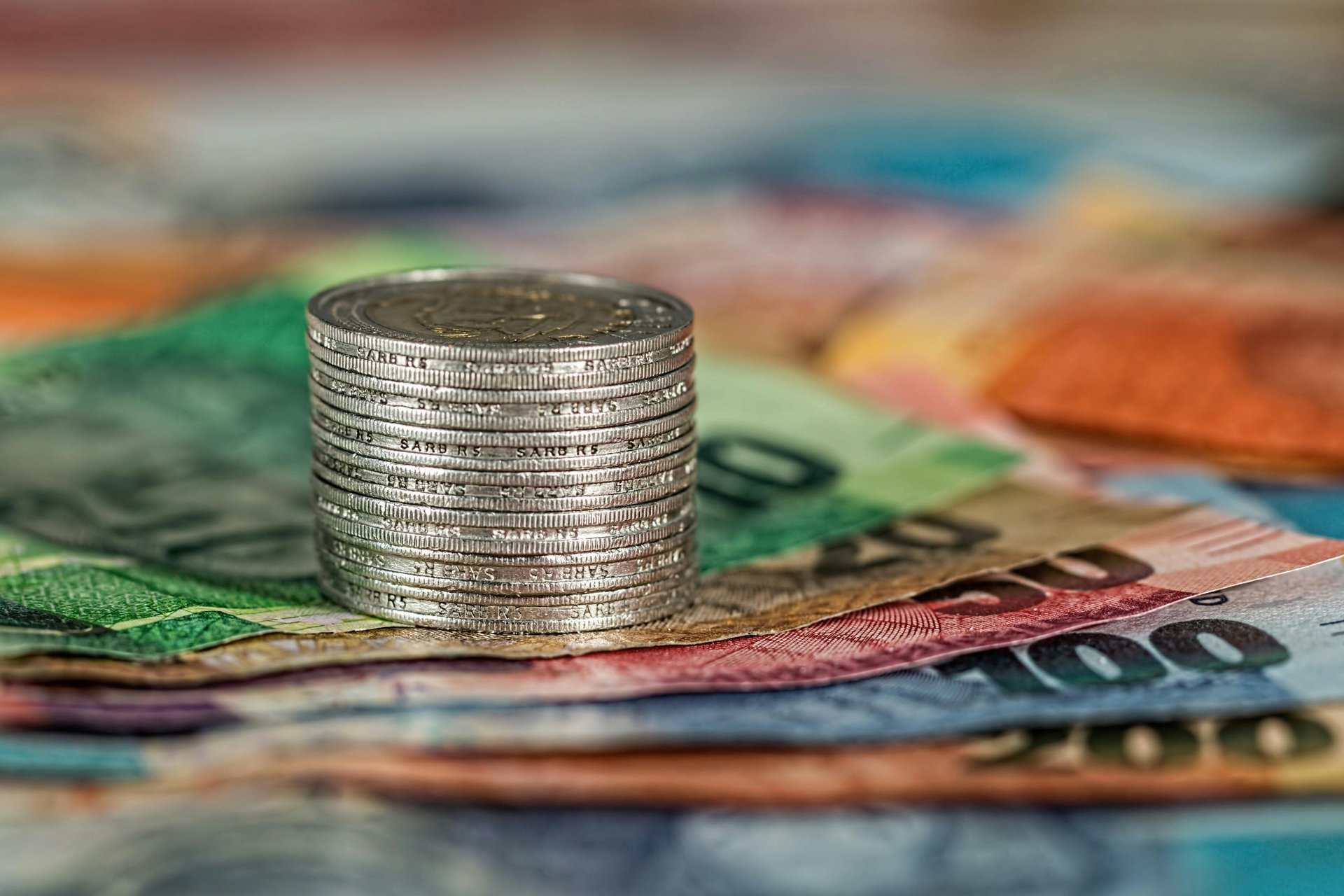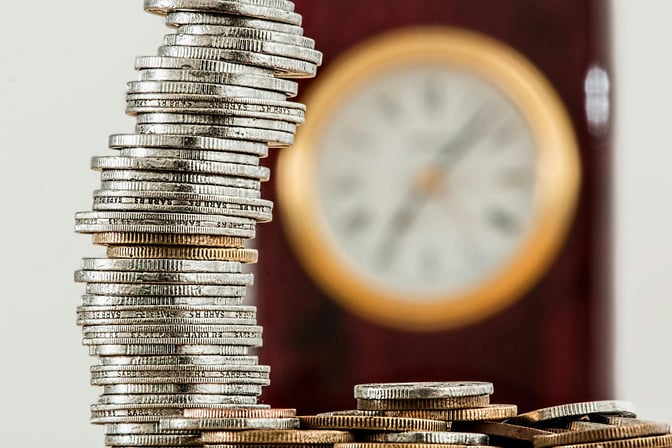
The Power of Compound Interest: How to Turn Small Savings into Big Wealth
Compound interest is the secret to building wealth by letting your money grow exponentially over time, even from small, consistent savings. The earlier you start investing, the more time your money has to multiply, turning small contributions into significant financial success with minimal effort.
WEALTH
3/30/20254 min read


The Power of Compound Interest: How to Turn Small Savings into Big Wealth
I still remember the first time I truly grasped the power of compound interest. A friend showed me a chart comparing two people—one who started investing early and one who waited a decade. The difference was hundreds of thousands of dollars, even though they contributed the same amount. That’s when it clicked: wealth isn’t just about how much you save; it’s about how long your money has to grow.
Most people think getting rich requires a high-paying job or an unexpected windfall, but the real secret is starting early and letting time do the heavy lifting. In this post, I’ll break down how compound interest works, why it’s so powerful, and how you can use it to turn small savings into big wealth—even if you’re starting with just a little.
1. What Is Compound Interest? (And Why It’s So Powerful)
Imagine planting a tiny seed that slowly grows into a massive tree—not because you water it every day, but because it keeps growing on its own. That’s exactly how compound interest works.
In simple terms, compound interest is when you earn interest on both your initial deposit and the interest that accumulates over time. This creates a snowball effect, where your money grows exponentially rather than linearly.
The Magic of Compounding in Action
Let’s say you invest $1,000 at a 10% annual interest rate:
Year 1: You earn $100 in interest, making your total $1,100.
Year 2: Instead of earning just another $100, you now earn 10% on $1,100, which is $110 (total: $1,210).
Year 3: You earn 10% on $1,210, which is $121 (total: $1,331).
At first, the difference seems small. But after 20, 30, or 40 years, the numbers get massive. With enough time, compound interest can turn small savings into life-changing wealth.
2. The Rule of 72: A Quick Trick to See Your Money Double
When I first learned about the Rule of 72, it blew my mind. It’s a simple formula to estimate how long it will take your money to double based on the interest rate you’re earning.
The formula: 72 ÷ Interest Rate = Years to Double
At 8% interest, your money doubles in 9 years (72 ÷ 8 = 9).
At 10% interest, it doubles in 7.2 years (72 ÷ 10 = 7.2).
Let’s put that into perspective:
If you invest $5,000 at age 25 at 10% interest, it could grow to $80,000+ by age 55—even if you never add another penny.
Wait until 35 to start? That same $5,000 might only reach $30,000.
The lesson? The earlier you start, the more times your money can double.
3. Why Starting Early Matters: A Tale of Two Savers
A lot of people put off investing because they think they don’t have “enough” money to start. But here’s the truth: starting small today is far better than waiting for the perfect moment.


4. Small Steps That Lead to Big Results
A lot of people think they need thousands of dollars to invest, but that’s not true. Even small, consistent contributions can add up to life-changing wealth.
How I Got Started
When I first started learning about compound interest, I felt overwhelmed. I wasn’t making a ton of money, and the idea of saving hundreds per month felt impossible. But instead of giving up, I started small—just $50 per month in an index fund.
At first, it didn’t seem like much. But after a few years, that small habit turned into a few thousand dollars, then tens of thousands.
Easy Ways to Start Today:
✔ Automate Your Savings – Set up a small, automatic transfer to an investment account.
✔ Take Advantage of Employer Matches – If your employer offers a 401(k) match, contribute enough to get the full benefit.
✔ Increase Contributions Over Time – As your income grows, bump up your savings rate.
✔ Avoid High-Interest Debt – Credit card interest compounds against you, making wealth-building much harder.
5. Where to Invest for Compound Growth
To maximize compounding, invest in assets that generate returns and allow you to reinvest your earnings.
Best Investment Vehicles for Compounding:
✅ Stock Market (Index Funds & ETFs) – Historically earns 7-10% per year over the long term.
✅ 401(k) & IRAs – Tax-advantaged accounts that let you reinvest earnings without immediate tax penalties.
✅ Dividend Stocks – Companies that pay dividends allow you to reinvest and grow your money even faster.
✅ High-Interest Savings & CDs – Not as high as stocks but still a safe way to grow money over time.
6. The Cost of Waiting: Why Procrastination is Expensive
Every year you delay investing, you’re losing potential earnings.
Looking at our simple example from earlier:
If you invest $200/month at 8% interest starting at 25, you’ll have $622,000 by 65.
If you wait until 35, the same investment grows to $285,000—less than half!
Waiting even a few years can cost you hundreds of thousands of dollars in lost growth.
Conclusion: Let Time and Compounding Work for You
You don’t need to be a financial expert to build wealth—you just need time, consistency, and patience.
Take Action Today:
🔹 Open an investment account (even if you start with just $10).
🔹 Set up automatic contributions, no matter how small.
🔹 Stay consistent and let your money grow.
Your future self will thank you. The only question is—will you take action now or wait and pay the price later?
Sarah vs. John: The Cost of Waiting
Let’s compare two people investing the same amount:
Sarah starts investing at 25, contributing $200/month at 8% interest. By age 65, she has $622,000.
John starts at 35, contributing $200/month at 8% interest. By age 65, he has $285,000.
Sarah only started 10 years earlier, but she ends up with more than double John’s wealth. Why? Because her money had more time to compound.
If you take away one thing from this post, let it be this: The earlier you start, the easier wealth-building becomes.
